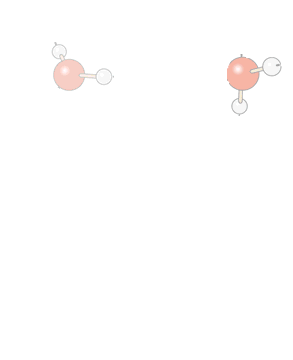

Between X-A water exists in a lattice formation where the molecules are in fixed positions showing minor vibrations. As the temperature approaches 0 vibrations become increasingly violent until the hydrogen bonds that hold the molecules in their fixed positions are disrupted.
Between A-B the ice steadily becomes liquid water where the hydrogen bonds are disrupted but still have a minor hold on the molecules in the liquid state.
Notice how between A-B no temperature change is recorded eventhough energy is added. During this stage energy is used to disrupt hydrogen bonds and is not used to increase the average kinetic energy of the molecules which will result in temperature change.